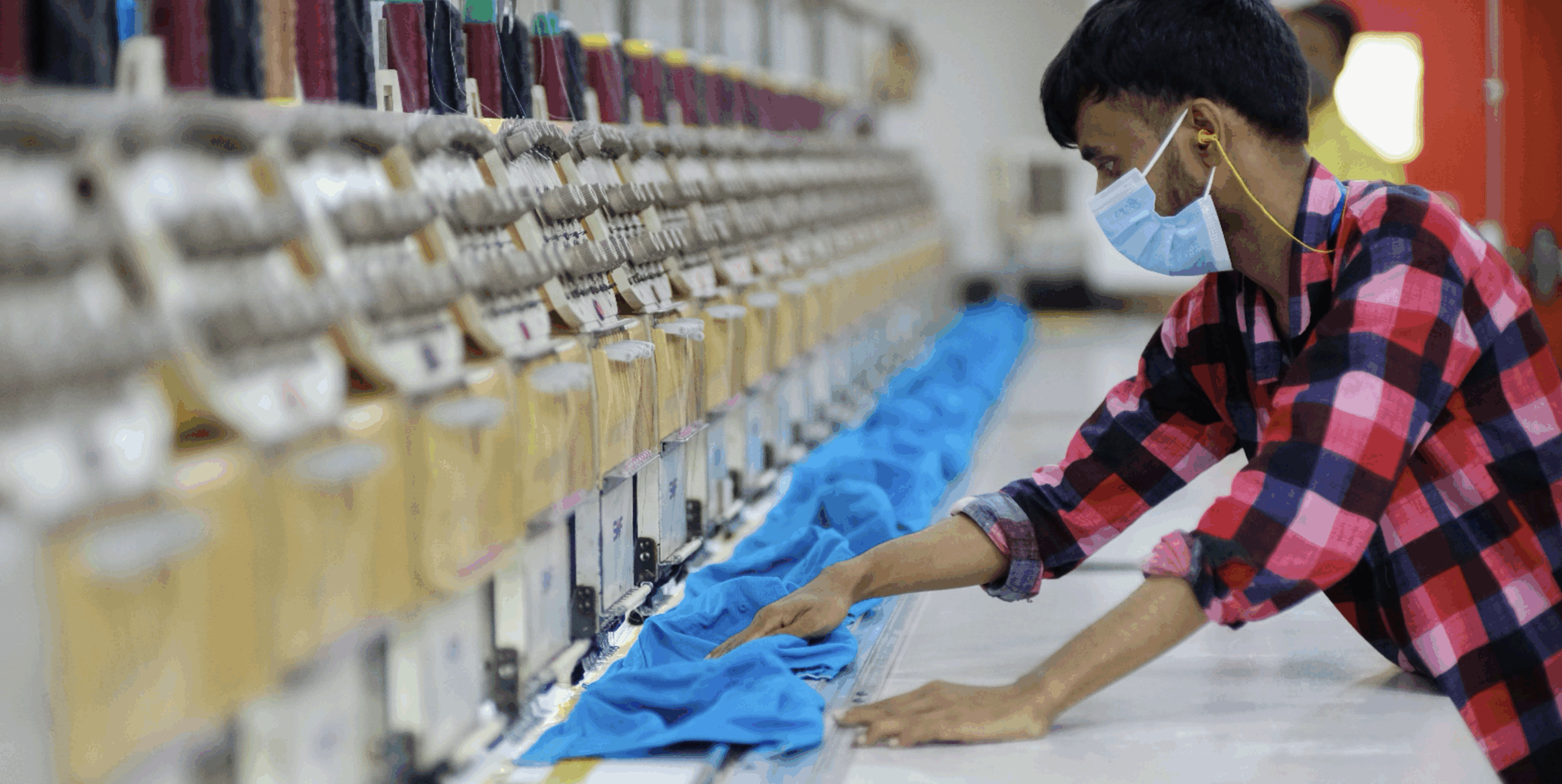When we think about safety in factories, we often imagine fire alarms, unobstructed exits, or thousands of workers in goggles and gloves. However, the RMG sector is changing – rapidly. A number of factories in Bangladesh are now embracing the latest tech-based solutions and installing predictive, AI-based maintenance systems, digital hazard reporting tools, and a host of worker-driven communication platforms to improve their bottom line and working conditions.
One factory owner in Dhaka has invested in the latest mobile technology by equipping all managers with smartphones that deliver real-time ‘system failure’ alerts, worker helpline calls and regular maintenance reminders which strengthen responsiveness, safety and operational oversight. These technologies create stronger, more resilient safety systems that demonstrably benefit the factory owners, the management team and its workforce.
So why aren’t these innovations more common in the manufacturing industry?
Many factories face competing priorities or limited resources, but more often than not, factory leadership may not have access to ‘best practice’ examples of what is working well in the industry. They may be unsure how to assess whether a new safety tool will deliver enough practical value to justify the investment. Or they may hesitate because, they are juggling tight deadlines, thin margins, and shifting buyer expectations. This makes it difficult to prioritize longer-term and higher priced investments.
There is also the risk of piloting something new without a clear understanding of success or benefit to the business.
The end result is a cycle that keeps factories focused on maintaining minimum standards instead of pursuing the highest ones. But once factories do commit to investing in innovation, the benefits can be wide-ranging. These include improved worker morale, greater efficiency, and stronger partnerships with buyers.
Investing in safety doesn’t always mean spending more money. Sometimes its brands and buyers sharing what is working well in other factories and countries, or creating spaces for pilot projects, or offering incentives when a factory owner takes the initiative to try something new. Ultimately the decision to invest in safety lies with the factory, but support from brands and buyers’ can help make those decisions easier.
If we want safety to be more than a checklist, we all have a role to play. We encourage our members and brand partners to actively support and encourage factories to explore new technologies, to share ’best practices’, and support innovation and experimentation. Consider how you can:
- Share proven, ‘best practices’ that are working well in other factories and other countries
- Support pilot projects and experimentation
- Offer incentives or flexibility that encourages innovation at the factory level
#Nirapon #FactorySafety #RMGSector #WorkplaceSafety
Photo credit: Mahmud Hossain Opu

